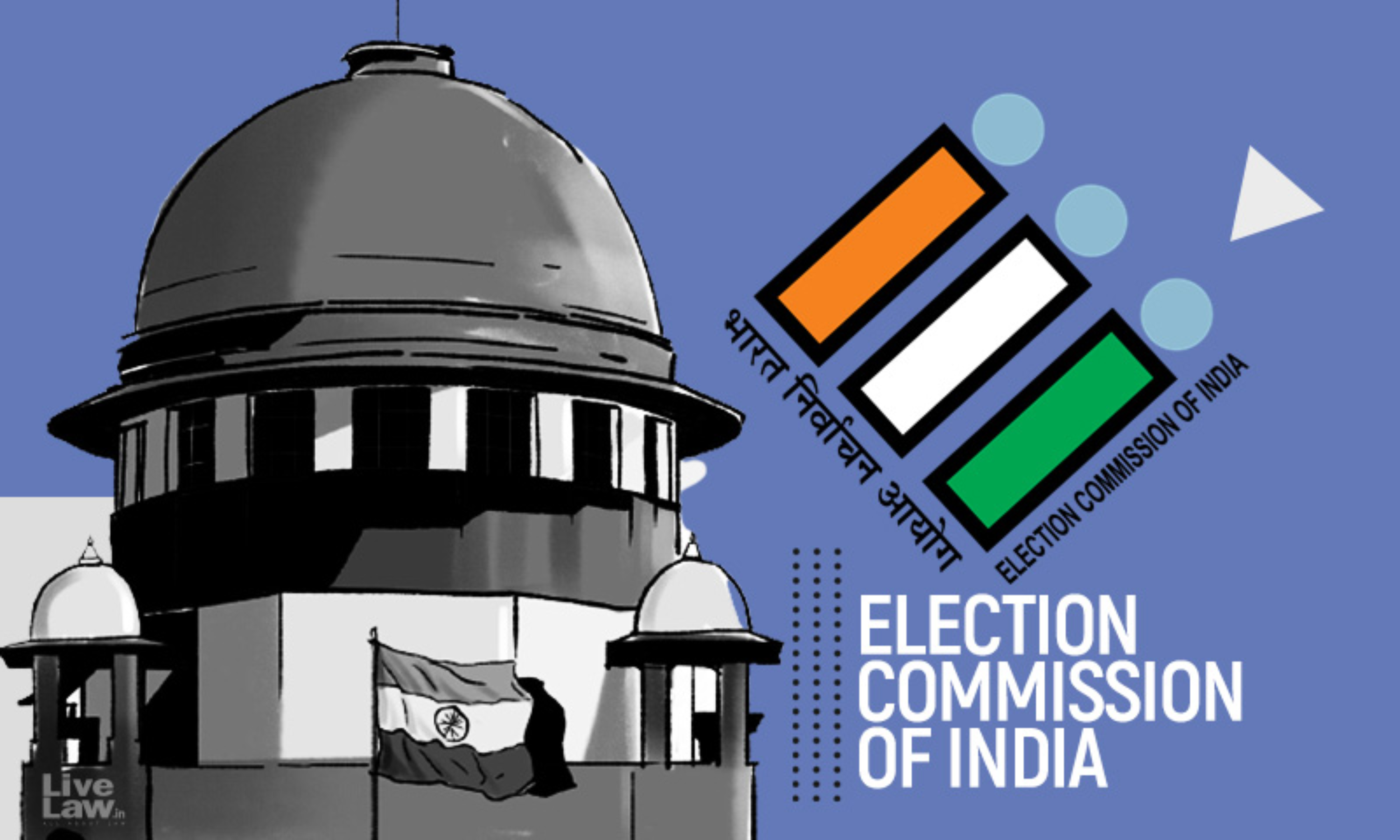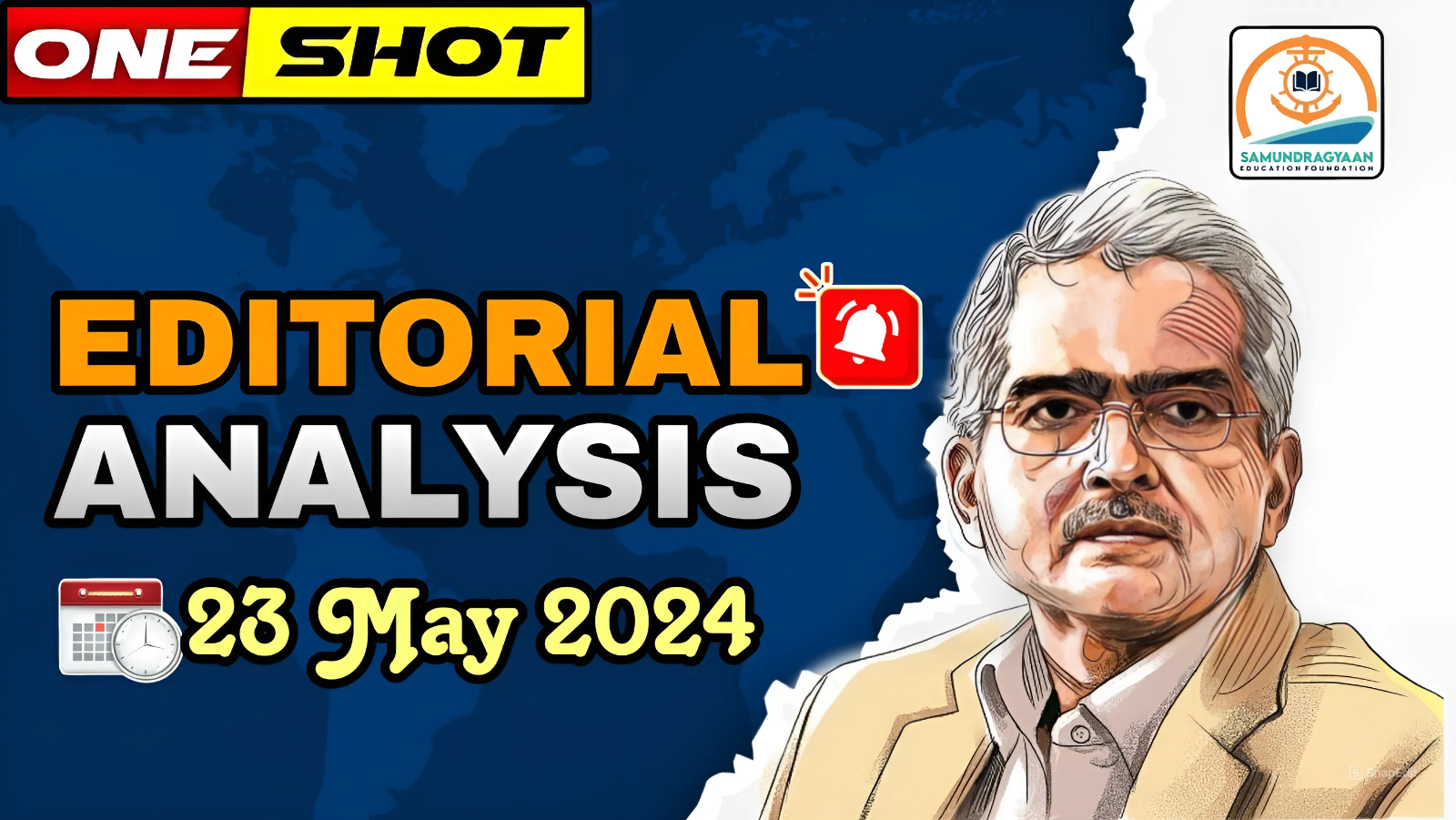Editorials & Articles : 23 May 2024
Ireland, Spain, Norway to formally recognise Palestine
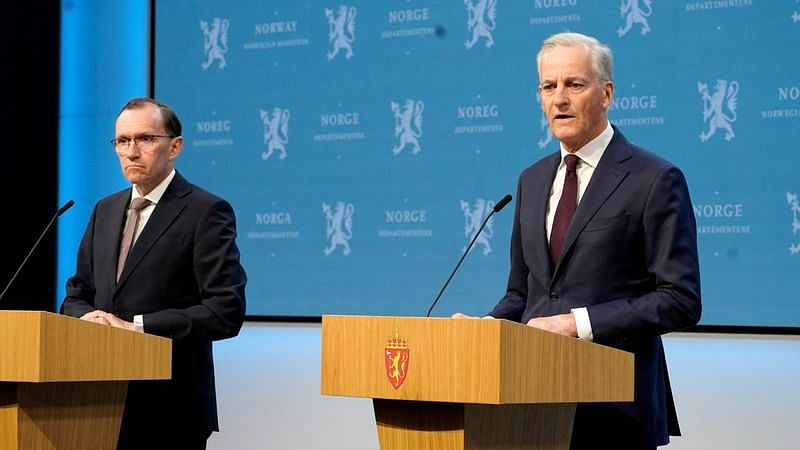
- Ireland, Spain, Norway to Recognize Palestine
- Norway, Ireland, and Spain have announced their intention to formally recognize the state of Palestine on May 28.
- This recognition is expected to encourage other EU countries to do the same, potentially leading to increased action at the United Nations and further isolating Israel.
- Israel-Palestine Conflict: Synopsis
- Early Phase
- In the 19th century, Palestine had a multicultural population living in peace.
- In the late 1800s, Zionists aimed to create a Jewish homeland in Palestine.
- Increased Jewish immigration to Palestine occurred during Hitler’s rise to power, intensifying the conflict.
- UN Partition Plan (1947)
- The UN recommended allocating 55% of Palestine to a Jewish state.
- Fighting erupted soon after the UN resolution in November 1947.
- 1947-1949 War
- On May 14, 1948, Israel declared independence, sparking the 1948 Arab-Israeli War.
- By the end of the war, Israel controlled 78% of Palestine.
- Oslo Peace Process (1993)
- A breakthrough agreement for a two-state solution was negotiated between Israeli and Palestinian leaders.
- Issue of Statehood for Palestine
- The 1948 UN decision intended a neighboring Palestinian state.
- Control of Palestinian territories remains divided, and bids for UN membership have been denied.
- The Palestinian Authority has observer status at the UN.
- Current Status
- 144 out of 193 UN member-states recognize Palestine as a state.
- Few EU members have recognized Palestine; recently, Britain, Australia, and Malta have indicated they might follow suit.
- Increasing Support for Palestine
- In May 2024, 143 out of 193 countries in the UN General Assembly voted for full UN membership for Palestine.
- The ICC prosecutor has sought arrest warrants for Israeli PM Benjamin Netanyahu and Defense Minister Yoav Gallant.
- Stand of Western Countries
- The US, Britain, and other Western countries support an independent Palestinian state alongside Israel through a negotiated settlement.
- No substantive negotiations have occurred since 2009.
- Palestinian Statehood and India’s Stand
- India recognized the PLO in 1974 and the Palestinian State in 1988.
- India advocates for direct negotiations towards a sovereign, independent Palestinian state coexisting with Israel.
- Significance of Recognition by Ireland, Spain, Norway
- Symbolizes a boost for the Palestinians’ global image and increases pressure on Israel to start peace talks.
- Marks a significant accomplishment for Palestinians, conferring international legitimacy on their struggle.
- Israel’s Response
- Israel has recalled its ambassadors to Ireland, Norway, and Spain.
- The Israeli government views Palestinian independence talk as rewarding Hamas for the October 7 attack and rejects moves to legitimize the Palestinians internationally.
BIMSTEC charter comes into force
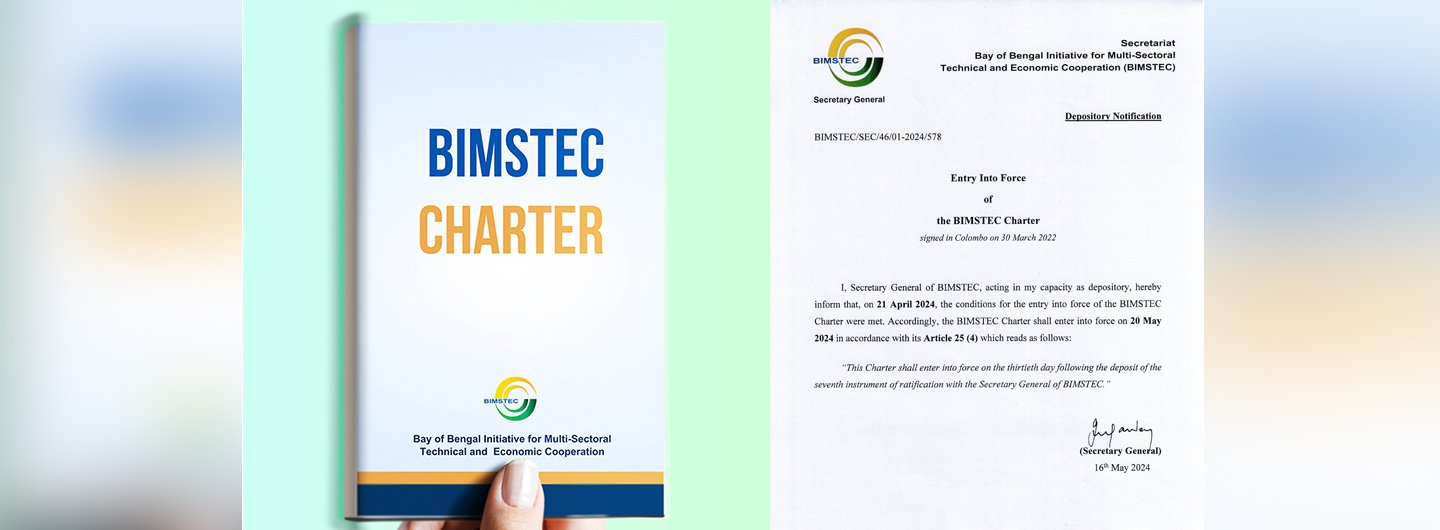
- Why in News?
- The Bay of Bengal Initiative for Multi-Sectoral Technical and Economic Cooperation (BIMSTEC) can now accept new members and observers.
- This development follows the enforcement of the first charter of BIMSTEC on May 20.
- About BIMSTEC
- Formation
- An economic bloc established in June 1997 through the Bangkok Declaration.
- Initially formed with Bangladesh, India, Sri Lanka, and Thailand on June 6, 1997.
- Nepal became an observer in 1998 and a full member along with Bhutan in February 2004.
- Current members: Bangladesh, India, Myanmar, Sri Lanka, Thailand, Nepal, and Bhutan.
- Permanent Secretariat is in Dhaka, Bangladesh.
- Aim
- To counter the effects of globalization by accelerating regional growth through mutual cooperation using regional resources and geographical advantages.
- Areas of Cooperation
- Initially included six sectors: Trade, Technology, Energy, Transport, Tourism, and Fisheries.
- Expanded to 14 priority areas, with climate change added as the 14th priority in 2008.
- Member countries lead in different priority areas: India leads in Transport & Communication, Tourism, Environment & Disaster Management, Counter-Terrorism & Transnational Crime.
- Importance
- Represents 22% of the world’s population with a combined GDP of nearly $2.7 trillion.
- The region has seen sustained growth rates between 3.4% and 7.5% from 2012 to 2016.
- A significant trade route, with a fourth of the world’s traded goods crossing the Bay of Bengal annually.
- Growth as a Regional Forum
- Gained prominence after India’s renewed push in October 2016 following the Uri terrorist attack.
- India hosted an outreach summit with BIMSTEC leaders alongside the BRICS summit in Goa.
- Significance for Member Countries
- Bangladesh: Platform to enhance its regional status.
- Sri Lanka: Connect with Southeast Asia and the Indo-Pacific region.
- Nepal and Bhutan: Access to the Bay of Bengal region to mitigate their landlocked status.
- Myanmar and Thailand: Deepen connections with India to access a rising consumer market and balance China’s influence.
- India: Fulfill foreign policy priorities of Neighbourhood First and Act East.
- Challenges
- Growing discord between Bangladesh and Myanmar due to the Rohingya refugee crisis.
- Refugees from Myanmar also affecting Thailand post the February 2021 coup.
- BIMSTEC as a new battleground for India-China dominance, with China financing infrastructure in almost all BIMSTEC countries except Bhutan and India through the Belt and Road Initiative.
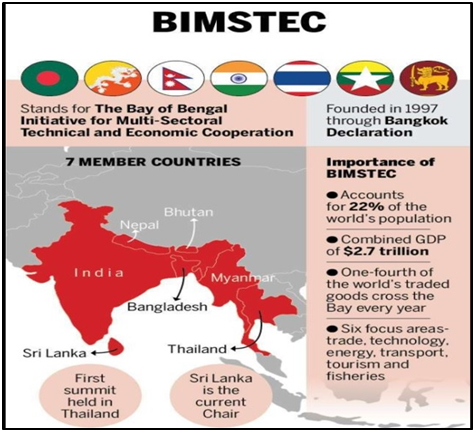
- BIMSTEC Charter Comes into Force
- Background
- Leaders of BIMSTEC met virtually on March 30, 2022, under Sri Lanka’s chairship and adopted the charter during its 5th Summit.
- Thailand took over as the chair after the summit.
- In April 2024, Nepal’s parliament ratified the BIMSTEC charter, paving the way for its enforcement.
- Charter Enforcement
- The charter came into force on May 20, 2024, granting BIMSTEC a ‘legal personality’.
- This allows BIMSTEC to engage in structured diplomatic dialogue with other groupings and countries.
- Provides a legal and institutional framework for meaningful cooperation and deeper integration in the Bay of Bengal region.
Economic Capital Framework (ECF)



